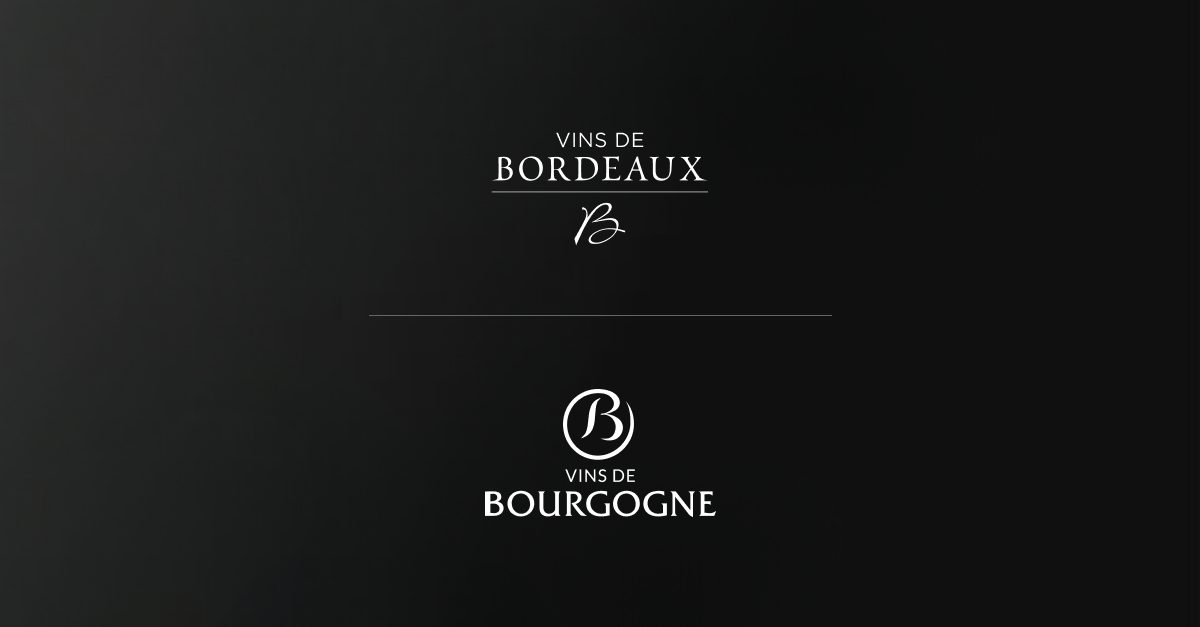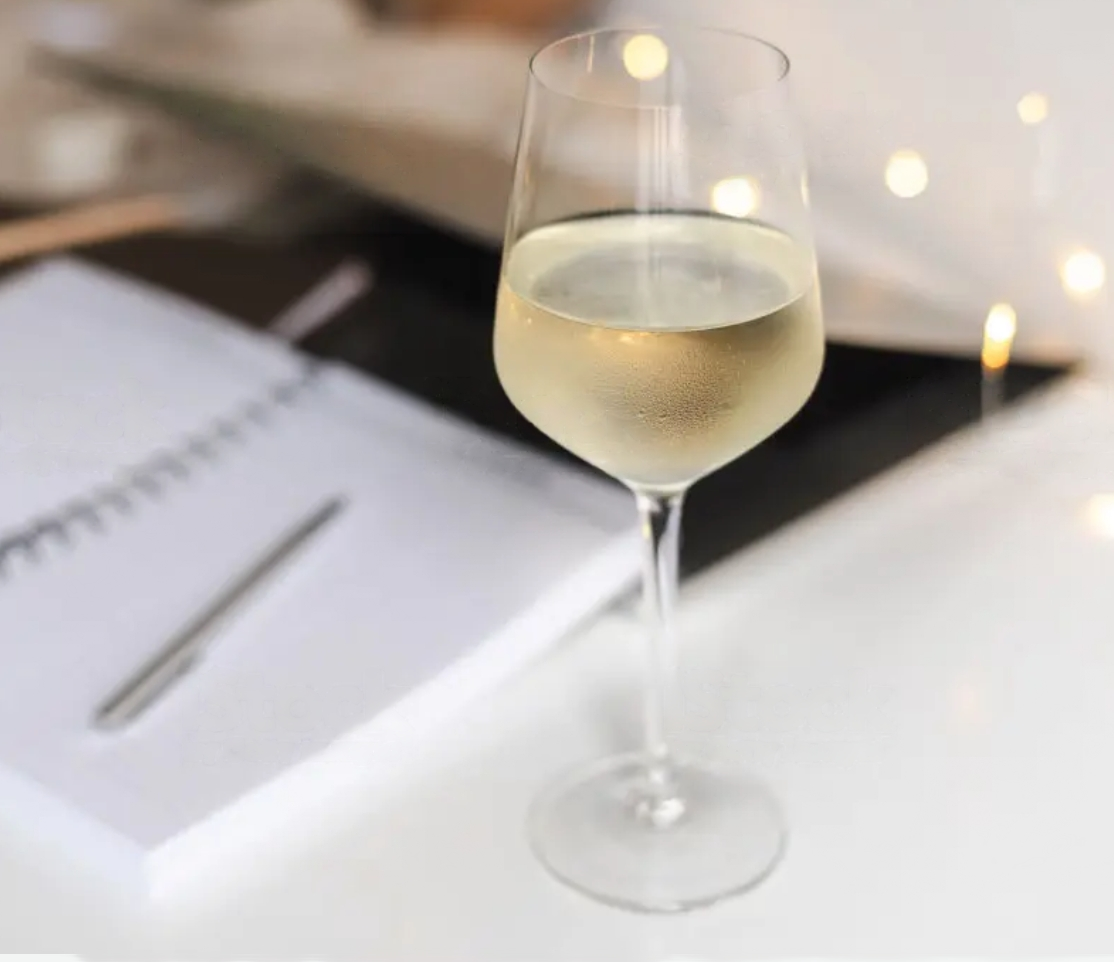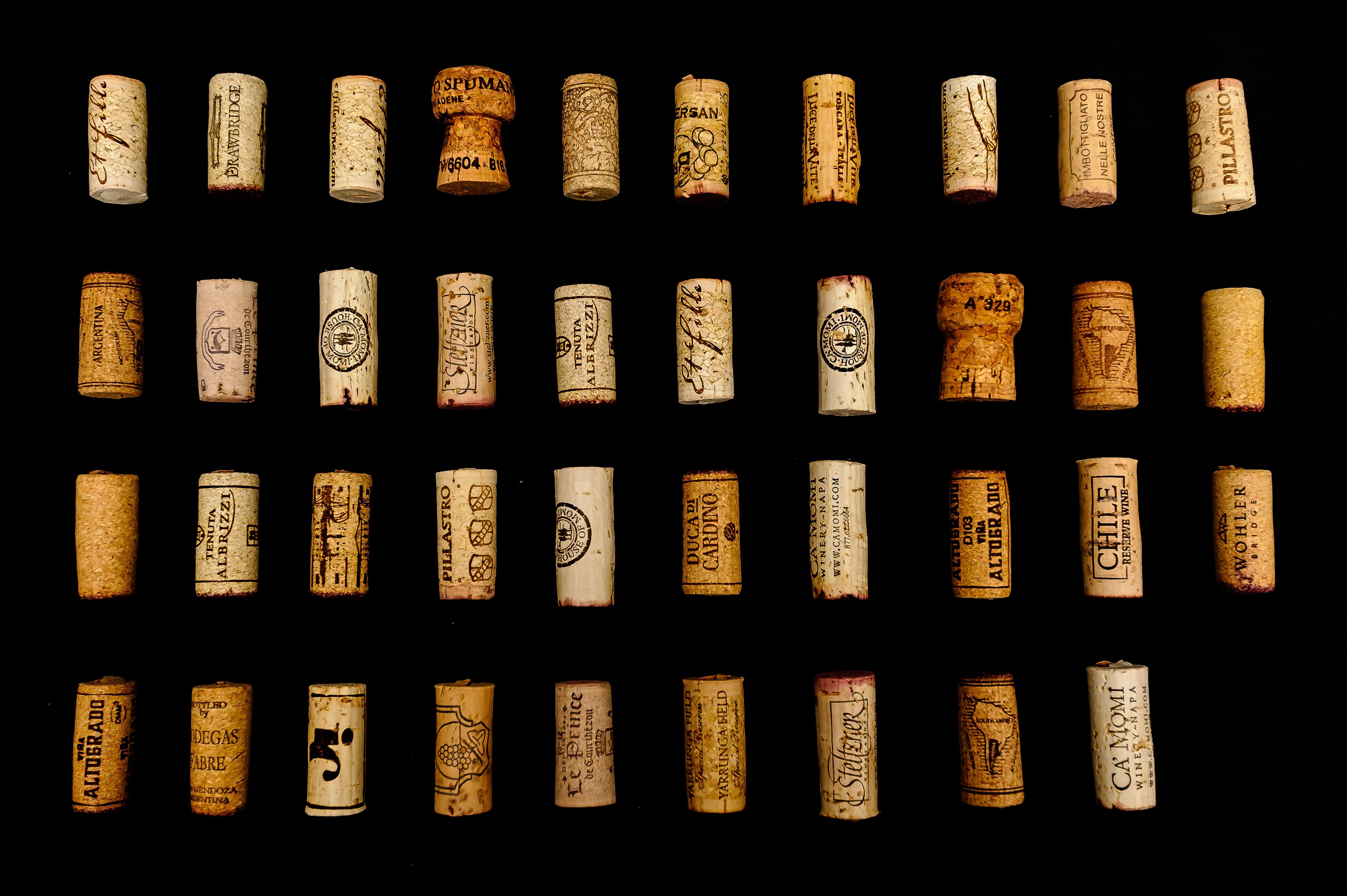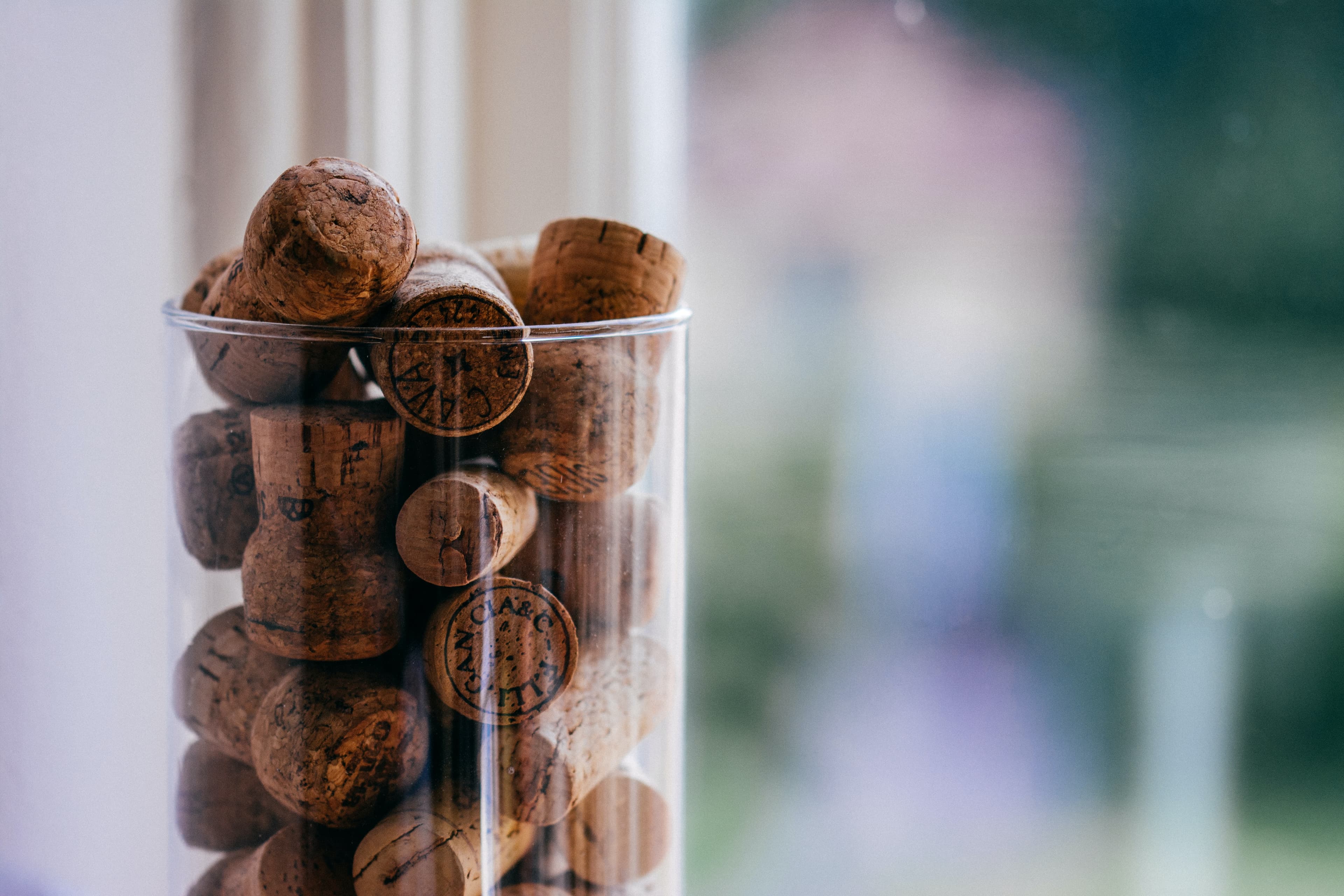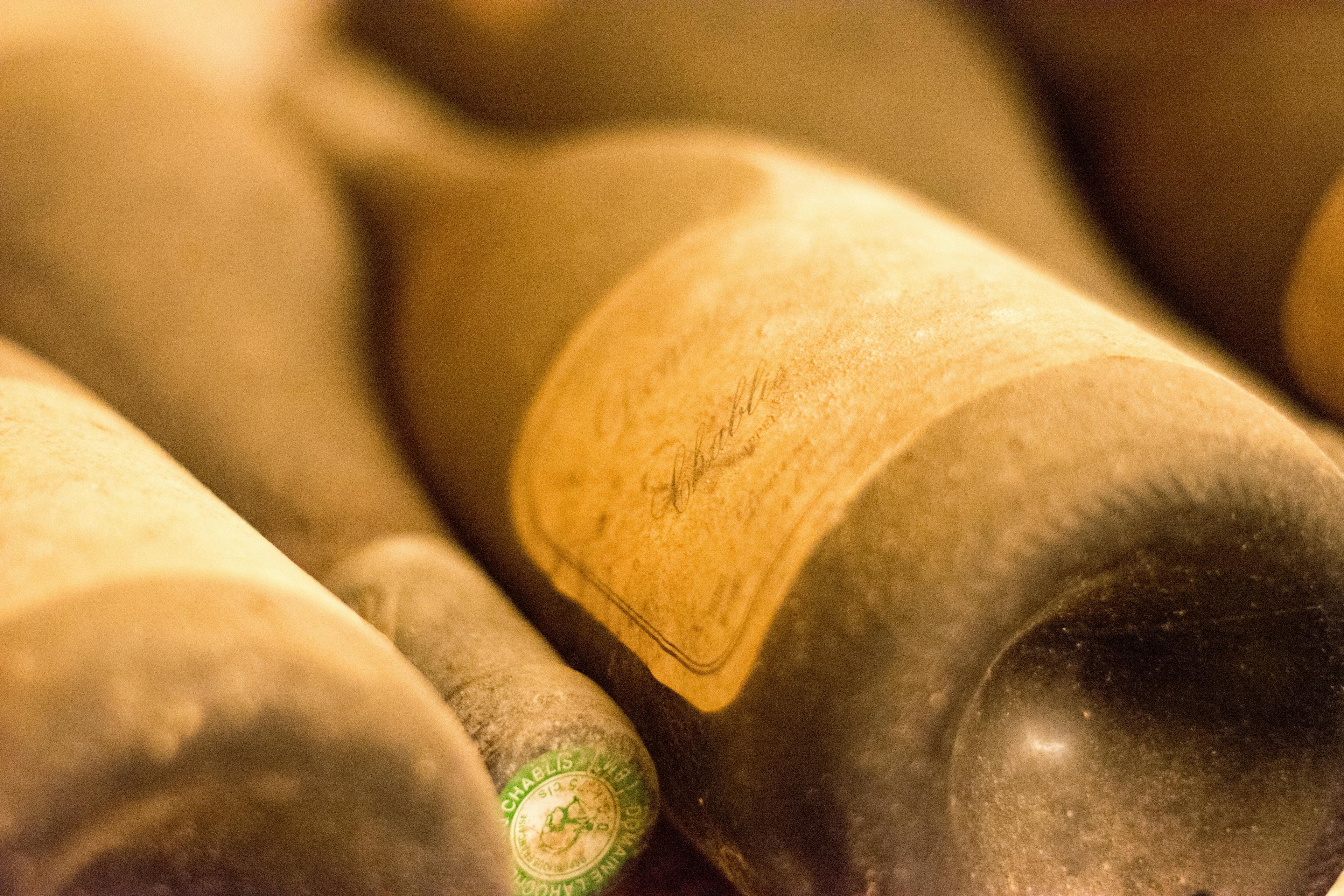
Fontodi, a renowned name in the world of fine wines, offers a unique experience that is greatly enhanced by proper serving techniques. Understanding how to serve Fontodi can significantly elevate your wine tasting experience, making each sip more enjoyable and memorable. This guide will delve into the nuances of temperature, glassware, and pairing to ensure that every bottle of Fontodi reaches its full potential. Whether you're a seasoned sommelier or a casual wine enthusiast, mastering the art of serving Fontodi will impress your guests and enrich your wine enjoyment. Explore our detailed guide on /fontodi to become an expert in handling this exquisite wine.
Understanding the Ideal Serving Temperature
Understanding the ideal serving temperature for Fontodi is crucial to fully appreciate its bouquet and flavors. Typically, red wines like those from Fontodi should be served slightly cooler than room temperature, around 16-18°C (60-65°F). This range helps to highlight the complex characteristics of popular vintages and ensures that the wine's structure and balance are optimally presented.
Chill Properly: Place the bottle in a wine cooler or refrigerator for about 15-20 minutes before serving. Avoid freezing as it can dampen the aroma and taste.
Use a Thermometer: To ensure precision, using a wine thermometer can be very helpful. This avoids the guesswork and maintains consistency across different bottles.
Consider Decanting: For older or more sediment-prone vintages, decanting can be beneficial. This process not only helps in achieving the right temperature but also allows the wine to breathe, enhancing its flavors.
Room Temperature Misconception: Many assume room temperature is ideal; however, modern indoor environments can be too warm for red wines, potentially affecting their delicate profiles.
By adhering to these guidelines, each sip of Fontodi will deliver its intended excellence and complexity.
Decanting Fontodi: Is It Necessary?
Decanting Fontodi, a renowned Chianti Classico, often sparks debate among wine enthusiasts. The process involves transferring the wine from its bottle to a decanter to separate it from any sediment that may have formed and to aerate the wine, allowing it to express its full range of flavors and aromas. But is this step necessary for Fontodi?
Sediment Formation: Over time, it's natural for fine wines to develop sediment. Fontodi, with its rich tannins and complex structure, is no exception. Decanting helps ensure that the wine poured is clear, enhancing the visual and tasting experience.
Aeration Benefits: When Fontodi is decanted, the exposure to air can soften its tannins and amplify the bouquet and palate. This is particularly beneficial for younger vintages, which might be more robust or tannic.
Wine's Integrity: Some argue that excessive aeration might risk diminishing the wine’s integrity. However, careful decanting preserves the craftsmanship inherent in Fontodi, showcasing the winemaker's intent and the terroir’s influence.
Personal Preference: Ultimately, whether to decant Fontodi comes down to personal preference and the specific characteristics of the vintage in question. Experimenting with and without decanting can be an enlightening experience for any wine lover.
Choosing the Right Glassware for Fontodi
Selecting the appropriate glassware for Fontodi can significantly enhance your tasting experience. The ideal choice is a medium-sized wine glass with a broad bowl and slightly tapered top. This design allows the wine to breathe, releasing the complex aromas characteristic of Fontodi, while the taper focuses these aromas towards your nose, intensifying the sensory experience.
Shape: Opt for a glass with a wide base. This shape helps in aerating the wine more efficiently when swirled.
Material: Crystal is preferred over glass as it is thinner and smoother, which helps in better wine appreciation.
Rim: A thinner rim is beneficial as it makes the drinking experience more pleasant, allowing the wine to flow smoothly onto your tongue.
For those looking to store their Fontodi effectively, ensuring the wine's longevity and flavor preservation, proper storage conditions are crucial. Keep the wine in a cool, dark place away from vibrations, with a consistent temperature and adequate humidity. This environment helps in maintaining the wine's quality over time.
The Role of Aeration in Serving Fontodi
Aeration plays a crucial role in enhancing the experience of enjoying Fontodi, a distinguished Chianti Classico wine. When Fontodi is exposed to air, the oxygen interacts with the wine's compounds, softening tannins and allowing the full spectrum of flavors and aromas to emerge. This process is particularly beneficial for Fontodi due to its complex structure and depth.
For optimal aeration, decanting the wine is recommended. This should be done about an hour before serving, giving the wine ample time to breathe. During this period, subtle notes of cherry, tobacco, and earthy undertones become more pronounced, enriching the tasting experience.
Temperature Matters: Serve Fontodi at approximately 18°C (64°F). At this temperature, the qualities of the wine are most apparent.
Glassware Choice: Use large, bulbous glasses to enhance the aromatic release during aeration.
Observation: As you pour Fontodi into a decanter, observe its color and clarity, which can also provide insights into its history and quality.
By following these steps, the aeration process can significantly elevate the enjoyment of Fontodi, making each sip a testament to its storied heritage and winemaking excellence.
Serving Fontodi: Step-by-Step Guide
When serving Fontodi, a prestigious Tuscan wine, it's essential to follow specific steps to fully appreciate its characteristics. Begin by ensuring the wine is at the ideal temperature, typically around 18°C (64°F). This enhances its aromatic profile and overall flavor.
Select the Right Glassware: Use a large, balloon-shaped glass to allow the wine to breathe and release its complex aromas.
Decanting: Pour the wine into a decanter at least 30 minutes before serving. This exposure to air softens the tannins and enriches the wine's bouquet.
Pouring: Fill the glass one-third full; this gives the wine ample space to swirl, unlocking more aromatic compounds.
Swirling: Gently swirl the wine in the glass to oxygenate it further and intensify its flavors.
Observation: Take a moment to observe the color and clarity, which can provide insights into the wine’s age and quality.
Smelling: Bring the glass to your nose and inhale deeply to assess the wine's layered scents, from fruity to earthy tones.
Tasting: Sip slowly to savor the full range of flavors, allowing the wine to linger on the palate for a complete sensory experience.
How Long to Let Fontodi Breathe
Allowing Fontodi to breathe before serving enhances its flavors and aromas, but the duration can vary depending on the specific vintage and style. Typically, a young Fontodi, known for its robust tannins and concentrated flavors, benefits from decanting for about two to three hours. This exposure to air softens the tannins and opens up the wine’s complex characteristics.
For older vintages, which are generally more delicate, a shorter breathing period is advisable. About 30 minutes to one hour should suffice, as prolonged exposure might lead to a loss of subtle flavors and aromatic nuances.
When planning your tasting, consider these guidelines:
Young Fontodi (less than 10 years old): Decant for 2-3 hours.
Mature Fontodi (10-20 years old): Decant for 1-2 hours.
Aged Fontodi (over 20 years old): Decant for 30 minutes to 1 hour.
For more detailed facts on how to enhance your Fontodi experience, understanding the wine’s profile and vintage is crucial. Proper decanting can significantly influence the overall enjoyment and presentation of the wine.
Tips for Serving Fontodi at Gatherings
When hosting gatherings where Fontodi is featured, it's essential to ensure that the wine is served in a way that maximizes its taste. Here are some practical tips to help you achieve just that:
Temperature Matters: Serve Fontodi at the optimal temperature, typically between 16-18°C (60-65°F). This range helps to release the wine's full bouquet and flavor profile.
Proper Glassware: Use large, tulip-shaped glasses to enhance the aroma and flavor of Fontodi. The shape allows for ample aeration, which brings out the complexity of the wine.
Decanting: Decant Fontodi for at least 30 minutes before serving. This process helps to soften tannins and intensify the flavors, making the wine smoother and more enjoyable.
Pairing: Complement Fontodi with dishes that match its robust profile. Foods like grilled meats, aged cheeses, or hearty stews can enhance the overall dining experience.
Avoid Strong Scents: Keep the serving area free from overpowering scents such as candles or perfumes, which can interfere with the wine's natural aromas.
By following these guidelines, you can ensure that Fontodi shines at your event, providing guests with a memorable wine experience.
Mistakes to Avoid When Serving Fontodi
When serving Fontodi, a prestigious Chianti Classico, avoiding common mistakes can enhance your tasting experience. One critical error is neglecting the temperature at which the wine is served. Fontodi should be enjoyed at slightly below room temperature, around 16-18°C (60-65°F). Serving it too warm can overly emphasize the alcohol, masking its delicate flavors and aromas.
Another frequent oversight involves improper decanting. For older vintages of Fontodi, decanting helps to separate the wine from any sediment that may have formed, ensuring a smoother taste. However, vigorous decanting of younger vintages might lead to excessive aeration, potentially dulling the vibrant characteristics of the wine.
Choosing the right food pairings is also vital. Fontodi's robust profile, marked by notes of cherry, leather, and earthy undertones, pairs splendidly with rich meats and hearty stews. Avoid light dishes such as salads or delicate fish, which can be overwhelmed by the wine's intensity.
Lastly, using the correct glassware is essential. A large, tulip-shaped glass maximizes the aromatic release and enhances the overall drinking experience, allowing the wine's complexity to unfold fully.
How Serving Temperature Affects Fontodi's Flavor
Serving temperature plays a crucial role in enjoying Fontodi, as it significantly influences the wine's aroma and taste profile. When served too cold, the subtle nuances and complexities of Fontodi can be muted, making it difficult to appreciate its true character. Conversely, if the wine is too warm, the alcohol can become overly dominant, overshadowing the delicate flavors.
Chilled to Perfection: Ideally, Fontodi should be served slightly below room temperature, around 16-18°C (60-65°F). This range helps to highlight the vibrant acidity and fresh fruit flavors, enhancing the overall drinking experience.
Room Temperature Misconception: Many believe that red wines should be served at room temperature, but this often leads to a warmer serving than is optimal for Fontodi. Modern room temperatures tend to be higher than the traditional cellars of the past where this guideline originated.
Adjusting for Climate: In warmer climates or seasons, it might be necessary to chill Fontodi slightly more than usual to compensate for the ambient temperature, ensuring that the wine does not warm up too quickly once poured.
By paying attention to these details, the serving temperature can be optimized to fully appreciate the elegance and complexity of Fontodi.
The Importance of Serving Order for Fontodi Tastings
When hosting a Fontodi tasting, the sequence in which you serve the wines significantly impacts the guests' experience and perception of each vintage. Proper serving order can enhance the flavors and aromas, making the tasting more enjoyable and educational.
Start with Younger Vintages: Begin the tasting with the younger Fontodi wines. These are typically lighter and fresher, providing a gentle introduction without overwhelming the palate. This approach allows tasters to appreciate the evolution of complexity in subsequent older vintages.
Progress to Older Vintages: After the younger wines, gradually move to the older vintages. Older Fontodi wines generally exhibit more depth and complexity due to longer aging. Tasting these after the younger wines helps highlight their rich textures and layered nuances.
Consider the Wine's Body: Serve lighter-bodied wines before full-bodied ones. Even within the same vintage, start with wines that have a lighter palate presence and conclude with those that are denser and more robust. This prevents the bolder wines from overshadowing the subtler flavors of the lighter ones.
End with Special Bottlings: If you have limited editions or reserve wines, serve these last. Their unique characteristics and rarity provide a memorable finale to the tasting experience, leaving a lasting impression on your guests.
Conclusion
In conclusion, serving Fontodi wine at its best involves a few key steps that can significantly enhance your tasting experience. From selecting the right glassware to ensuring the wine is at the perfect temperature, each detail plays a crucial role in unlocking the full spectrum of flavors and aromas this exquisite wine has to offer. Remember, decanting is particularly important for allowing Fontodi to breathe, especially with its complex structure and depth.
At Rekolt, we understand the importance of not only serving wine correctly but also ensuring its provenance and storage conditions are optimal for future enjoyment and potential resale. That's why we offer a specialized service where your wine can be professionally stored in a cellar. This not only preserves the wine in ideal conditions but also enhances its value over time, making it a worthwhile investment. Whether you're a seasoned collector or a new enthusiast, Rekolt provides the perfect platform to buy, store, and trade fine wines like Fontodi with confidence and ease. So, as you pour your next glass of Fontodi, remember that Rekolt is here to assist with every aspect of your fine wine journey, from perfect serving to expert storage and beyond.
Share this article
